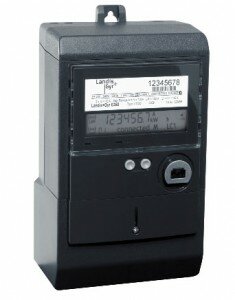Halve the energy use of your LCD monitor
Thursday, April 15th, 2010Computing equipment continues to get more efficient, and with LED monitors now available at good prices, there is even more opportunity to save energy.
Good power saving settings should be a given for any computer installation. However as you upgrade your computers there are now many ways to save energy. You can switch to laptops or thin client computers. And a new way is to make sure that your next monitor is backlit with LED lighting.
LCD monitors usually have two cold-cathode fluorescent lights in them, one either side of the screen. These are behind the LCD display, and “back light” the screen to make what is on the screen visible. However monitors are now starting to be readily available on the market that use LEDs for backlighting. As LED lighting is very thin, this can enable more effective positioning of the back lighting – for example a grid of LED lights behind the screen. The higher lamp efficiency of LED lighting as compared to cold-cathode, combined with more effective positioning equals energy savings.
For energy efficiency reasons we only run laptops in our office. However we also operate a second screen on each laptop, to improve productivity. We recently purchased a 24” monitor with LED backlighting, and compared with our other 24” monitors this one uses much less – 21 watts vs 39 watts – almost half the energy use.
A monitor with LED backlighting only costs slightly more than a conventional LCD monitor. In our case we paid only around $30 more, and will be saving around $7 a year in energy costs. If we were buying black power, we would also be saving around 46 kg of greenhouse gas annually, equivalent to 900 black balloons.
The payback on the extra money spent on a LED monitor whilst not bad isn’t good either, however for the sake of only $30 I reckon its worth it for the greenhouse savings. And the cost differential will keep on lowering. Additional advantages are a screen with sharper contrast, a slimmer screen, and a product that is easier to recycle as it doesn’t contain cold cathode tubes that contain mercury.
Also LED backlit monitors are not hard to find. Its likely that your computer supplier has one anyway. We purchase all our computers from a shop in down town Frankston, less than one kilometer from our office, and that’s where we got our LED monitor from.
In an earlier blog post I discussed the technical innovation that should make it possible to have a net zero energy building by 2020. This is one of the many innovations that are making that possible.





